In the realm of natural remedies and superfoods, goji berries (Lycium barbarum) stand out prominently due to their rich nutritional profile and myriad health benefits. These tiny, red, fruit-like berries have been a staple in traditional Chinese medicine for centuries and have gained global recognition for their antioxidant, anti-inflammatory, and immune-boosting properties. However, with the surge in popularity, the market has been flooded with various grades and qualities of goji berries, making it challenging for consumers to discern fresh, high-quality berries from stale or inferior ones. This guide aims to equip you with the knowledge necessary to identify fresh goji berries, ensuring you reap the maximum health benefits from your purchase.
Understanding Goji Berries: A Brief Overview
Goji berries are native to China and Mongolia, thriving in arid and semi-arid regions. They are known scientifically as Lycium barbarum and belong to the Solanaceae family, which also includes tomatoes, potatoes, and peppers. These berries are packed with vitamins (A, C, and E), minerals (iron, calcium, zinc), amino acids, and antioxidants like beta-carotene and lycopene. Their sweet-and-tart flavor and chewy texture make them a versatile ingredient in smoothies, teas, trail mixes, and baked goods.
The Importance of Freshness
Freshness is crucial when it comes to goji berries because it directly correlates with their nutritional value and taste. As berries age, they lose essential nutrients and antioxidants, and their flavor can become muted or unpleasant. Moreover, stale berries are more prone to mold, pests, and other contaminants, which can pose health risks. Therefore, knowing how to identify fresh goji berries is vital for ensuring you consume a product that is both nutritious and delicious.
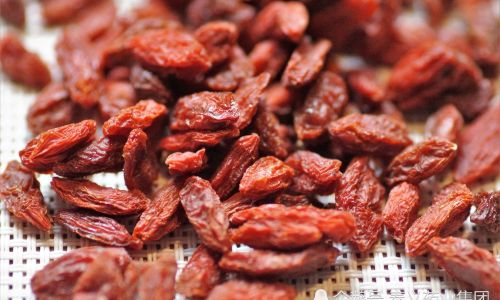
Visual Inspection: The First Line of Defense
-
Color: Fresh goji berries should have a vibrant, deep red color with consistent hue throughout. Avoid berries that are dull, faded, or have patches of discoloration, as these are signs of aging or improper storage.
-
Appearance: Look for berries that are plump and moist, with a slightly wrinkled texture indicating natural dehydration (not to be confused with dryness due to old age). Avoid berries that are overly dry, shriveled, or cracked, as these are indicators of poor handling or storage.
-
Consistency: When touched, fresh goji berries should feel slightly tacky due to their natural sugars and moisture content. If they feel excessively dry or sticky (as if coated with something), it might be a sign of added preservatives or poor quality.
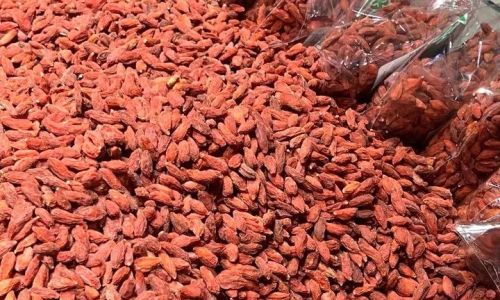
Smell and Taste: Beyond the Surface
-
Aroma: Fresh goji berries have a distinct, slightly sweet and earthy aroma. If the berries smell bland, musty, or have an off-putting odor, it’s a red flag.
-
Taste: Take a small bite or chew a berry to assess its flavor. Fresh goji berries should be slightly sweet with a hint of tartness. If they taste overly sweet, bitter, or have no flavor at all, it could indicate that they’ve been treated with sugars, preservatives, or are past their prime.
Checking the Packaging and Labels
-
Origin and Certification: Look for packaging that indicates the country of origin. China and Tibet are traditional goji berry hubs, but other countries like Mongolia and some parts of the US now also cultivate them. Certified organic berries are often a safer bet as they adhere to stricter farming practices, minimizing the use of pesticides and chemicals.
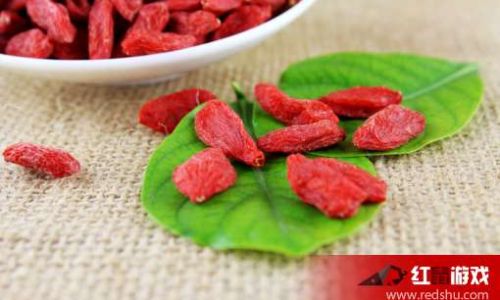
-
Expiration Date: Always check the expiration or best-before date on the packaging. While fresh goji berries can last several months if stored properly, it’s best to consume them before this date to ensure maximum freshness and nutritional value.
-
Storage Instructions: Pay attention to the recommended storage conditions. Fresh goji berries should be stored in a cool, dry place away from direct sunlight and excessive heat. If the packaging suggests refrigeration, follow those instructions to prolong freshness.
Additional Tips for Ensuring Freshness
-
Buy from Trusted Sources: Choose reputable retailers or brands known for their commitment to quality. Reading online reviews and customer feedback can provide valuable insights.

-
Bulk Buying Cautiously: While buying in bulk can be cost-effective, it’s crucial to ensure you have proper storage facilities to maintain freshness. Consider splitting bulk purchases into smaller, airtight containers to minimize exposure to air and moisture.
-
Inspect Before Use: Even if you’ve stored your goji berries correctly, always inspect them before use. Discard any berries that show signs of mold, discoloration, or an unpleasant aroma.
Conclusion
Identifying fresh goji berries involves a combination of visual inspection, sensory evaluation, and checking packaging details. By following these guidelines, you can ensure that you’re consuming a product that not only tastes great but also delivers on its promise of health benefits. Remember, the key to maximizing the nutritional value of goji berries lies in their freshness, so take the time to choose wisely. With the right knowledge and practices, you can enjoy these tiny wonders of nature in their best form, nurturing your body and mind with every bite.


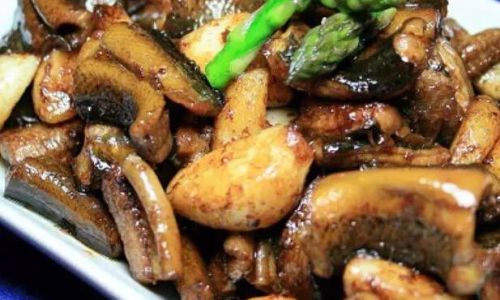

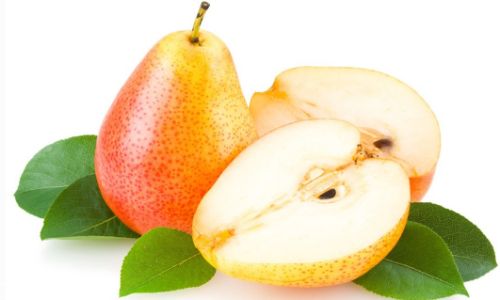


0 comments